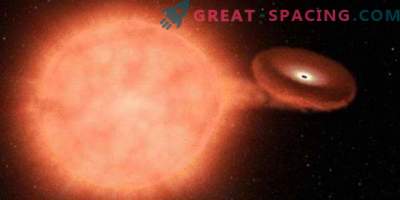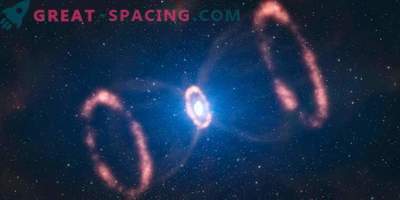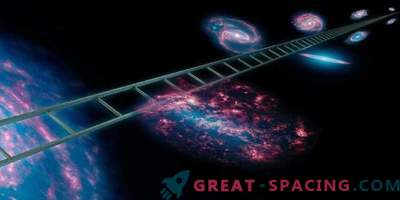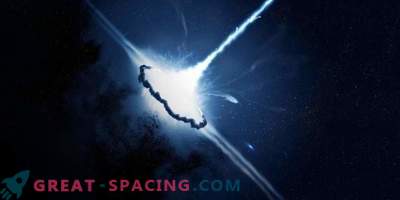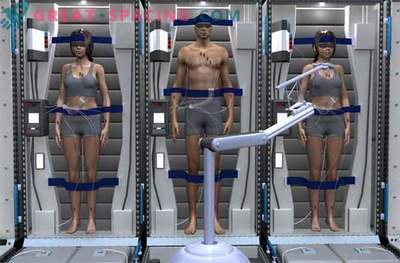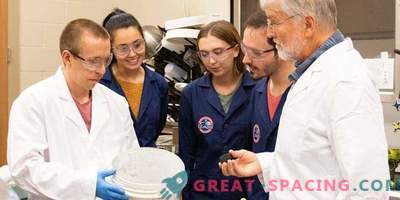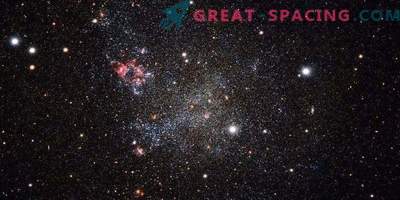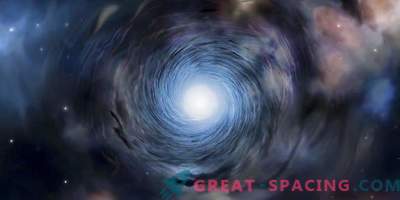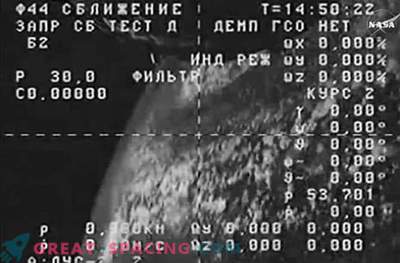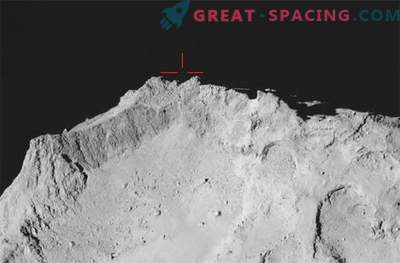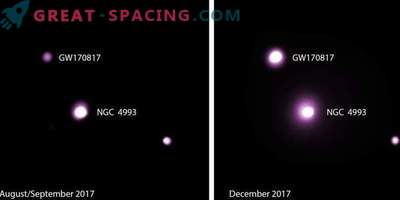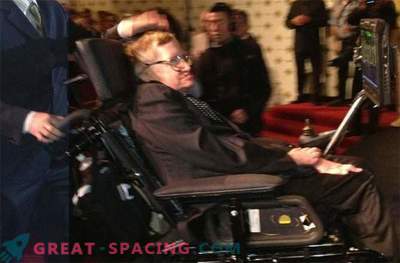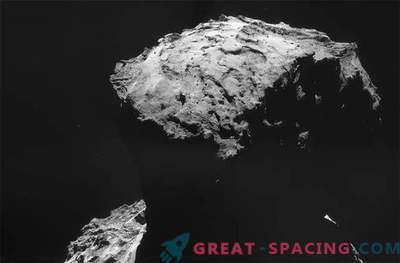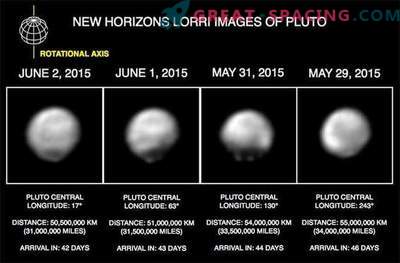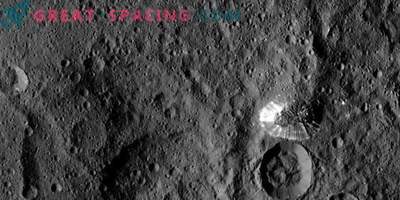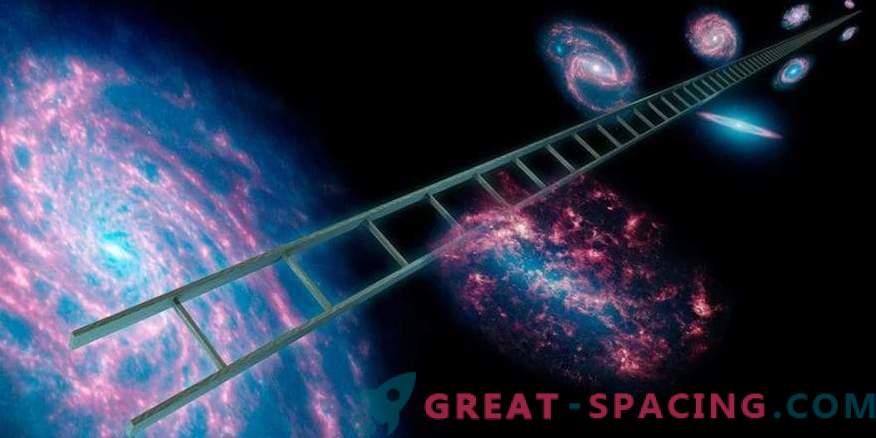
The artistic vision of the “space ladder of distances” is a series of celestial objects, including Ia-type supernovae. Their distances are known, therefore they are used to calculate the rate of expansion of the Universe.
The new study provides a better calibration for using Ia-type supernovae in measuring space distances, which will determine the exact rate of expansion of the Universe and what role dark energy plays in this process.
Ia-type supernovae are fantastically bright stellar phenomena. In addition, these are white-dwarf explosions — the remnant of a star that has exhausted nuclear fuel and exists in a binary stellar system. Such supernovae are considered an important tool, playing the role of a kind of marker for determining the distances between celestial objects.
Details of the explosion mechanism remain hazy. It is believed that the event is triggered when the white dwarf approaches a critical mass, so the brightness is the result of the explosion vigor. The difference between the predicted brightness and the observed from Earth reveals the distance to the supernova. Astronomers use this data, as well as the speed of light from the galaxy, to calculate the rate of expansion of the universe. The finiteness of the speed of light allows not only to measure it, but also to understand how quickly the universe is expanding right now or in the distant past. In the late 1990s. this led to tremendous conclusions - the universal expansion is accelerating due to the repulsive effect of mysterious dark energy. Improving estimates of distances from Ia-type supernovae will make it possible to better understand the role of dark energy in the process.

Artistic vision of an exploding supernova Ia-type
However, the rate of disappearance of the brightness of the Ia-type supernova explosions is not the same. In 1993, it was possible to understand that long-lasting explosions are inherently brighter than quickly disappearing. This correlation is called the Phillips relation (astronomer Mark Phillips), which allows us to measure the expansion of the universe.
For this discovery it has become important to study supernovae using the near-infrared part of the spectrum. The light from the explosions must pass through cosmic dust to reach the terrestrial telescopes. Fine-grained interstellar particles obscure light at the blue end of the spectrum more than at the red end. Work in the infrared range allows you to more clearly peer through the dust curtain and determine the distance. The main objective of the new supernova project is to provide reliable and high-quality sampling of supernovae, as well as reliable methods for determining distances. The quality of the new data makes it possible to better measure the measurements in order to take into account the effect of darkening cosmic dust. Calibration of markers is crucial, because there are differences between different methods for determining the rate of expansion of the Universe.
Hubble's constant is fashionable to estimate independently using the glow of the CMB radiation from the Big Bang. It was measured by Planck's satellite, but accurate data from Ia-type supernovae will correct the information and present a true picture with the rate of expansion of the Universe.


